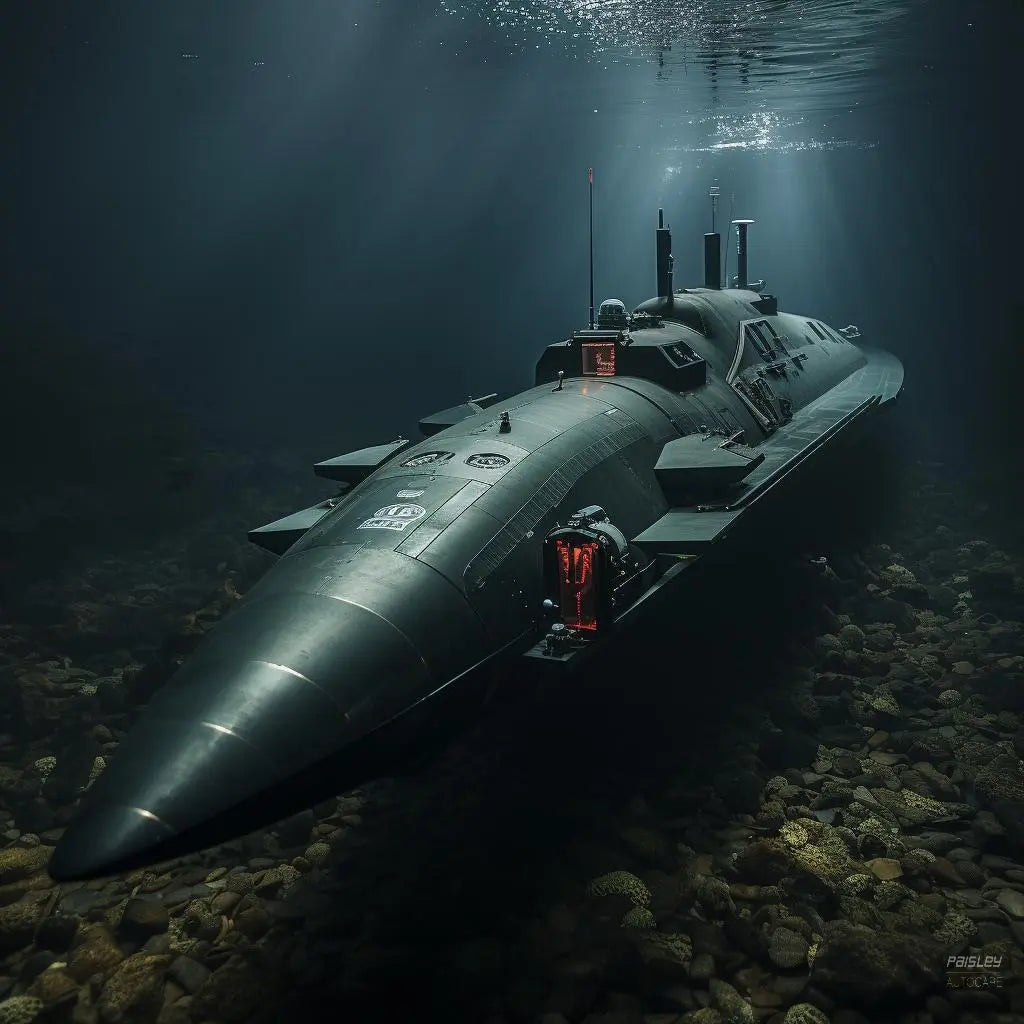The New Wave of Naval Warfare: Turkey's Emergence in Kamikaze Robotic Submarines
In the ever-evolving arena of military technology, Turkish companies are making significant strides with the development of autonomous underwater vehicles (AUVs), particularly in the form of kamikaze robotic submarines. These unmanned subs are designed for a variety of applications, including surveillance, reconnaissance, and high-impact offensive operations. Their kamikaze nature — meaning they are intended to destroy targets by self-destructing — places them as strategic assets in naval warfare.
The Driving Forces Behind Turkey's Pioneering Move
Turkey has long been investing in military technology, aiming to bolster its defense capabilities. With its unique geopolitical position, having shorelines along the Black Sea, Aegean, and Mediterranean, the Turkish defense industry understands the strategic importance of maintaining strong naval capabilities. Companies like Havelsan and ASELSAN, leaders in Turkish defense technology, are at the forefront of this innovative charge.

Kamikaze Subs: The Blend of Stealth and Force
The design philosophy of these kamikaze robotic submarines combines stealth with lethal force. They are engineered to be undetectable by conventional sonar and radar, making them an unseen force until they strike. This stealth is complemented by their kamikaze mission profiles, which allows them to deliver explosives directly to the hulls of enemy vessels or engage in one-way missions to clear underwater mines or other obstacles.
Features and Capabilities
The typical kamikaze robotic sub developed by Turkish companies is equipped with advanced AI and machine learning algorithms. These enable the sub to navigate complex underwater terrains, distinguish between friend and foe, and make autonomous decisions in the heat of battle.
Connectivity plays a crucial role as well. These submarines are often part of a larger networked battle group, capable of communicating with surface ships, aerial drones, and land-based command centers. Such integration allows for coordinated attacks and real-time strategic adjustments.
Ethical and Strategic Considerations
The development of autonomous kamikaze weapons systems raises important ethical and strategic considerations. The use of AI in warfare poses questions about the decision-making process in lethal engagements and the extent to which human oversight should be required.
Moreover, the deployment of such advanced weaponry could lead to an arms race in underwater technology, prompting neighboring countries to develop countermeasures or similar offensive capabilities.
The International Response
Turkey's move into the realm of kamikaze robotic submarines has not gone unnoticed. NATO allies view this development with a mix of interest and concern, considering the potential for such technology to be integrated into joint operations or to alter the balance of power in critical waterways like the Bosporus and the Dardanelles.
Simultaneously, international bodies concerned with maritime law and the laws of armed conflict are scrutinizing the implications of unmanned lethal underwater vehicles and the need for new regulations and frameworks.
Conclusion
While these developments herald a new era in military technology, they also underscore the need for robust dialogue on the ethical use of AI in combat, international norms, and arms control measures to ensure that these powerful technologies are used responsibly on the global stage.




